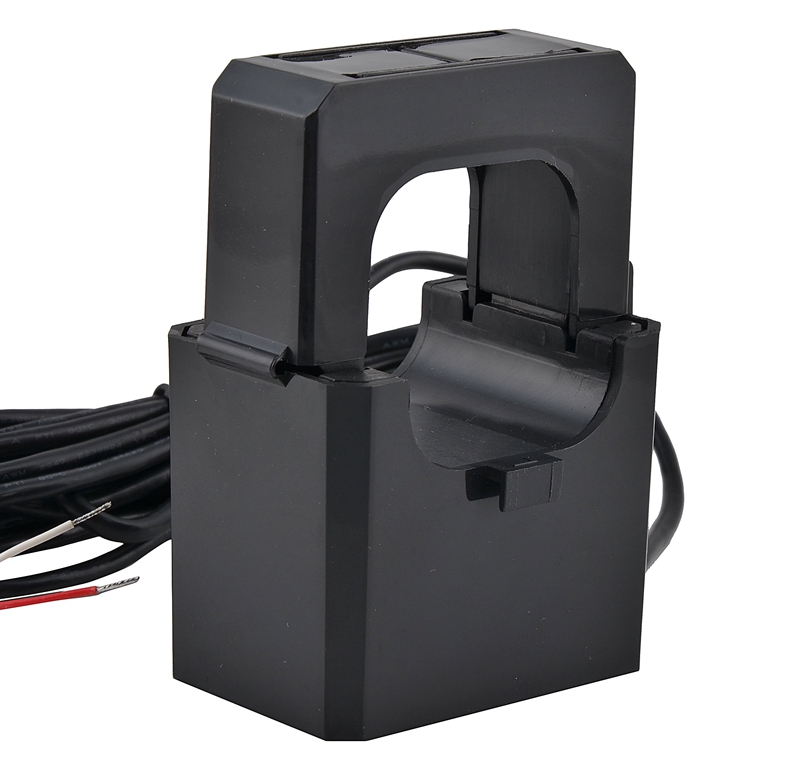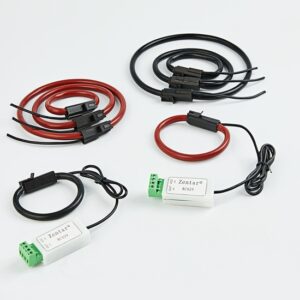Ferrite is a material that is relatively cheap in magnetic materials, and has good magnetic permeability and magnetic saturation strength, so it is now used in many current transformers, and in open-close current transformers, it is often based on customers. Therefore, we choose ferrites of different materials, such as PC40 and high-conductivity ferrite. We know that PC40 has a certain magnetic permeability and high magnetic induction intensity, while high-conductivity ferrite has a low magnetic induction intensity. However, with high permeability, a current transformer with better linearity but lower current range or load capacity can be produced, but how do these two materials perform in the high and low temperature environment of the current transformer? This article is to make such a discussion.
This test uses open-close current transformers, CT312 and CT313 are used respectively, two of each material, the number of turns is 2000T, (the number of compensation turns has been considered) respectively at 0, -10, -20 , -30, -40, -50, 20, 40, 60, 80 ℃ to test the accuracy data and magnetization curve data of the transformer, the data volume is large and not easy to be intuitive, so for the convenience of analysis, the data is processed into a typical curve.
In order to be relatively accurate in this test, the pairwise comparison method is used to refer to each other, so all the test data are compared in double numbers, and the magnetization curve is compared with the transformer data. Two samples of the same specification and material are prepared to prevent the test data mistaken.






